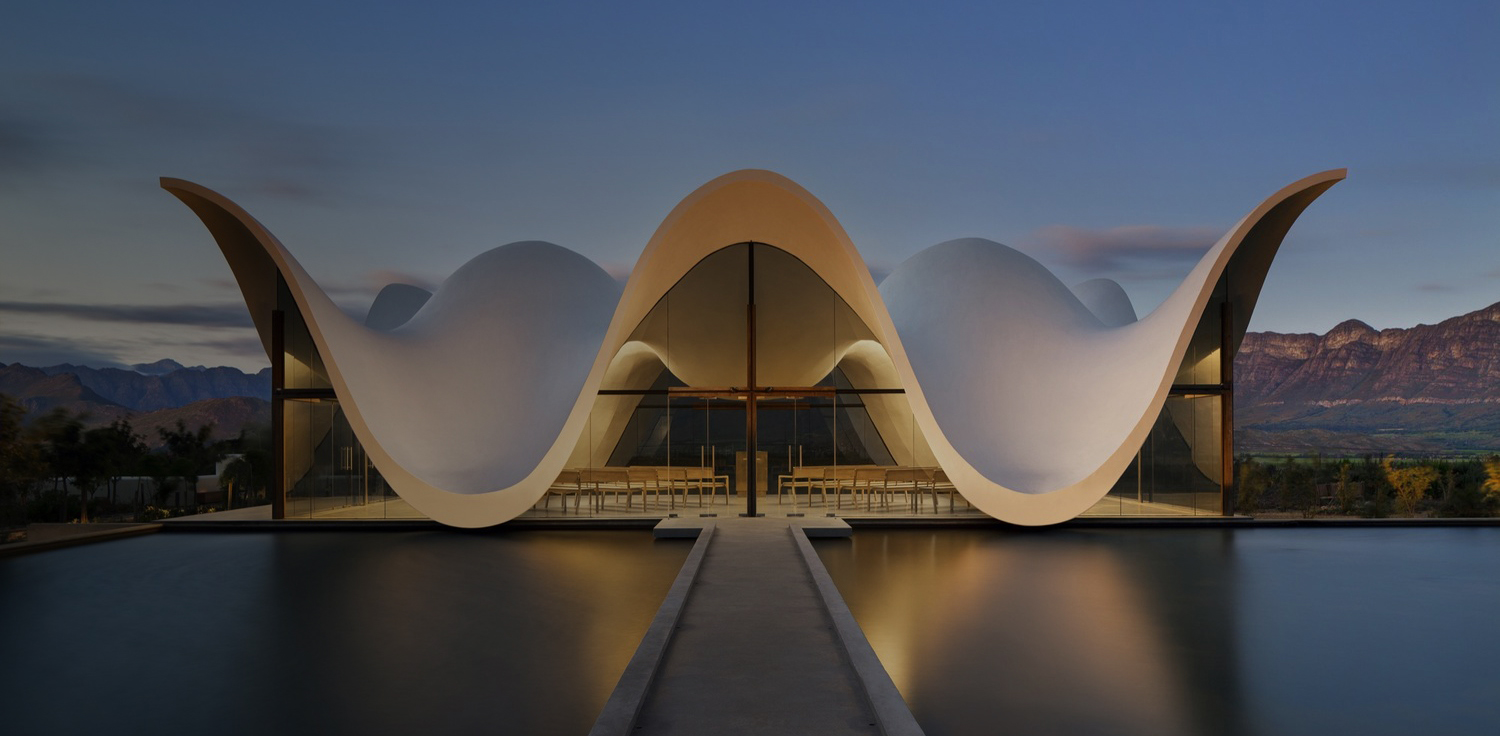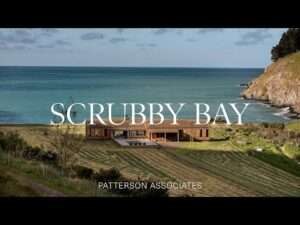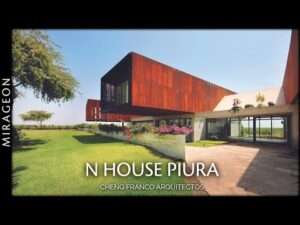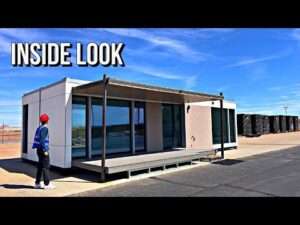Architecture and Design Obsession
7 Concrete Churches Resurrecting Brutalist Architecture
Architizer and sign up for our inspirational newsletter.
For centuries, churches took the form of ornate temples embellished with sculptures, cornices, tympanums, mosaics, and stained glass — each a measure of the church’s devotion to a higher power. During the 20th century, however, churches like Le Corbusier’s Ronchamp Chapel and Tadao Ando’s Church of the Light proved that decoration was not required to create a hallowed space. Through the use of reinforced concrete, a raw material believed by many architects to have evocative properties, a sense of sanctity could be created without the need for excessive ornamentation.
We decided to take a look at how the smooth texture and cool colors of concrete have been adapted to the contemporary structures that make up this solemn typology.


Sunset Chapel by Bunker Arquitectura, Guerrero, Mexico
Like a colossal boulder resting on a mountain, the Sunset Chapel draws inspiration from its rugged topography. Poured concrete gives the chapel its rocky form, while a glass wall featuring a decorative cross frames magnificent views of the ocean and sunsets.


Church of Seed by O Studio Architects, Huizhou, China
The overall footprint of this fluid concrete church follows the outline of a seed, hence its namesake. Inside the chapel, the textured surface of the heavy walls was created by in-situ concrete construction with bamboo formworks. The bamboo texture left on the concrete surface reduces the wall’s massiveness and harmonizes with the surrounding trees and green landscape.


Church in La Laguna by Menis Architects, Tenerife, Spain
This striking church on the Canary Islands is composed of a large piece of concrete split and cut into four large volumes, creating the feeling of movement at the separations.


RW Concrete Church by NAMELESS Architecture, Seoul
Composed of a series of simple, cubic volumes poured from concrete, NAMELESS Architecture’s church evokes the shape of a cross and claims a prominent presence within a developing urban landscape. The large bell tower of traditional churches is replaced by a cross within an illuminated empty space on the building’s upper floors, while the solidity of concrete is a metaphor for lasting religious values.


Saint John Baptist Chapel by Beautell Arquitectos, Spain
Situated on a narrow plot of land, this concrete church adapts to its unusual shape, resulting in a skewed geometric form resembling a scalene triangle. Inside, the space narrows in the plan and starts to increase in height leading up to the altar, the main element of the temple.


Froeyland Orstad Church by LINK Arkitektur, Bergen, Norway
The sloped, triangular roof of the Froeyland Orstad Church was inspired by the west coast landscape in Southern Norway, where the terrain is both open with flat planes and hilly in other parts. The approach to the church goes along an axial path and guideline with custom-made concrete tiles depicting biblical quotes.


Capilla del Lago by Di Vece Arquitectos, Zamora, Michoacán, Mexico
Situated on a lake, this open-air concrete chapel features a disorderly array of columns that support the rectangular roof. The columns were conceived as a group of filaments that, when lit with the proper energy, can illuminate the surroundings with a glimpse of solemn light.
Architects: Showcase your next project through Architizer and sign up for our inspirational newsletter.






